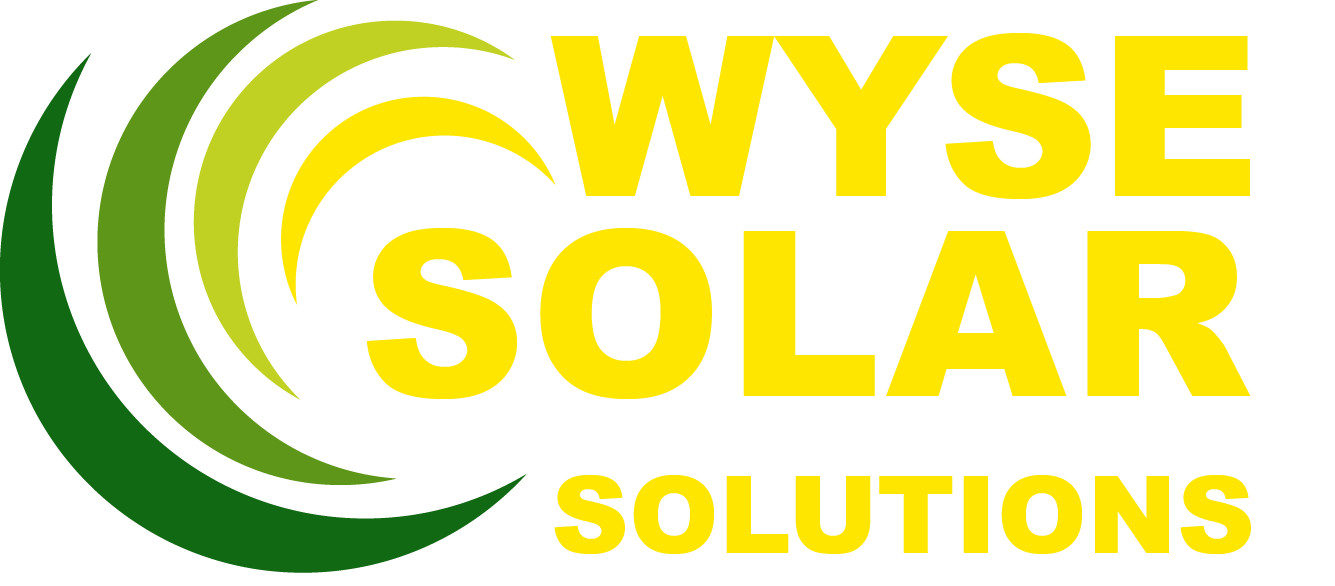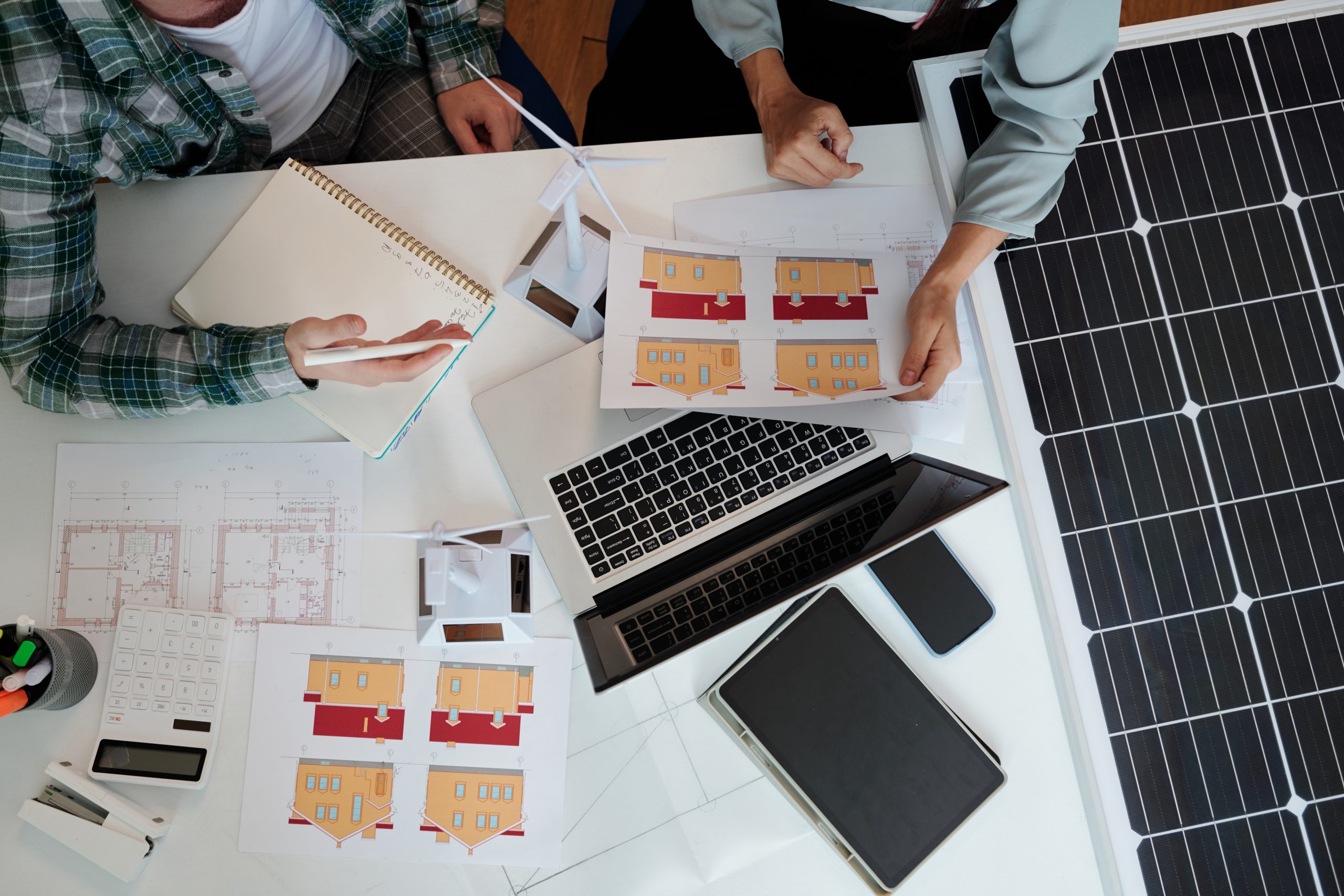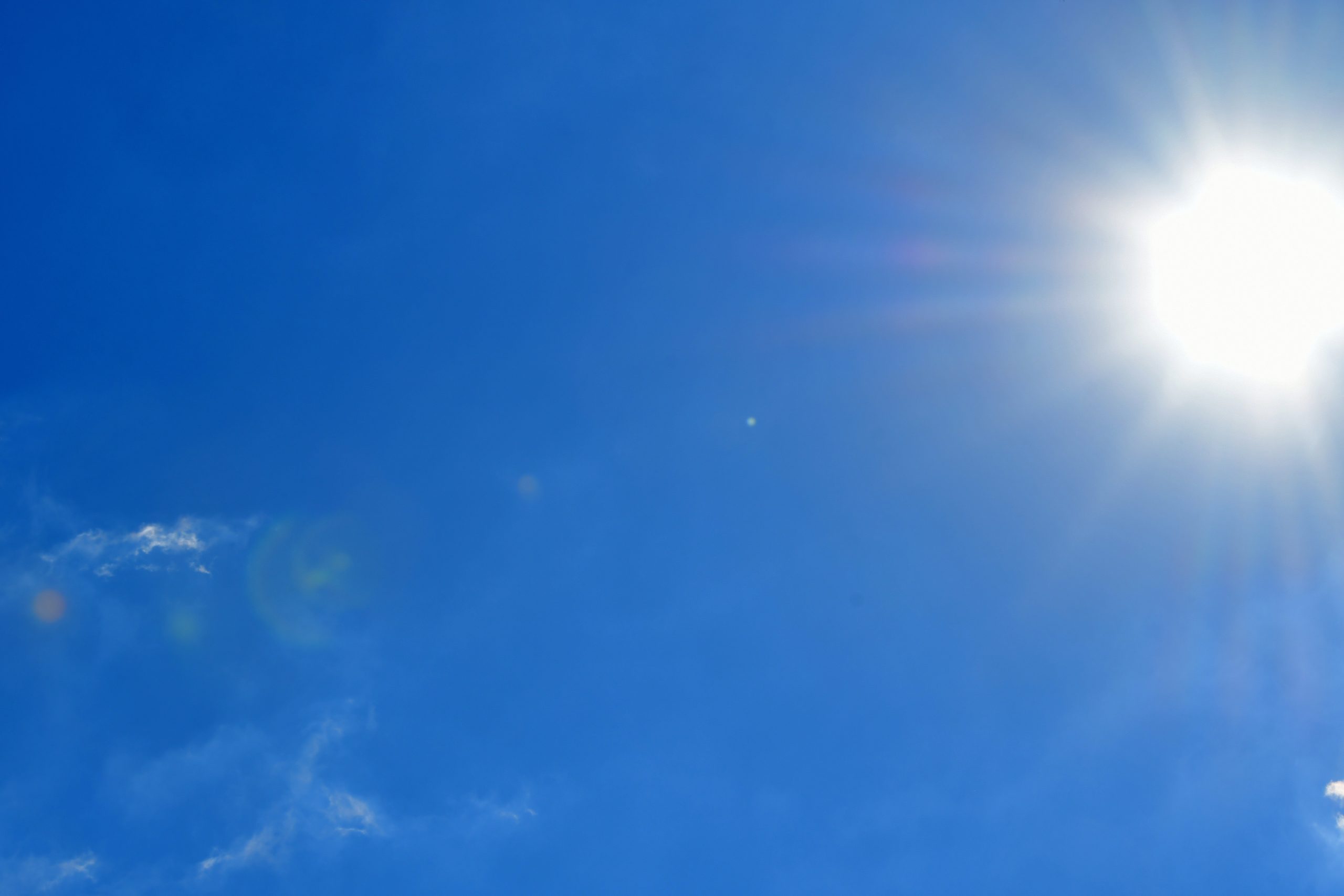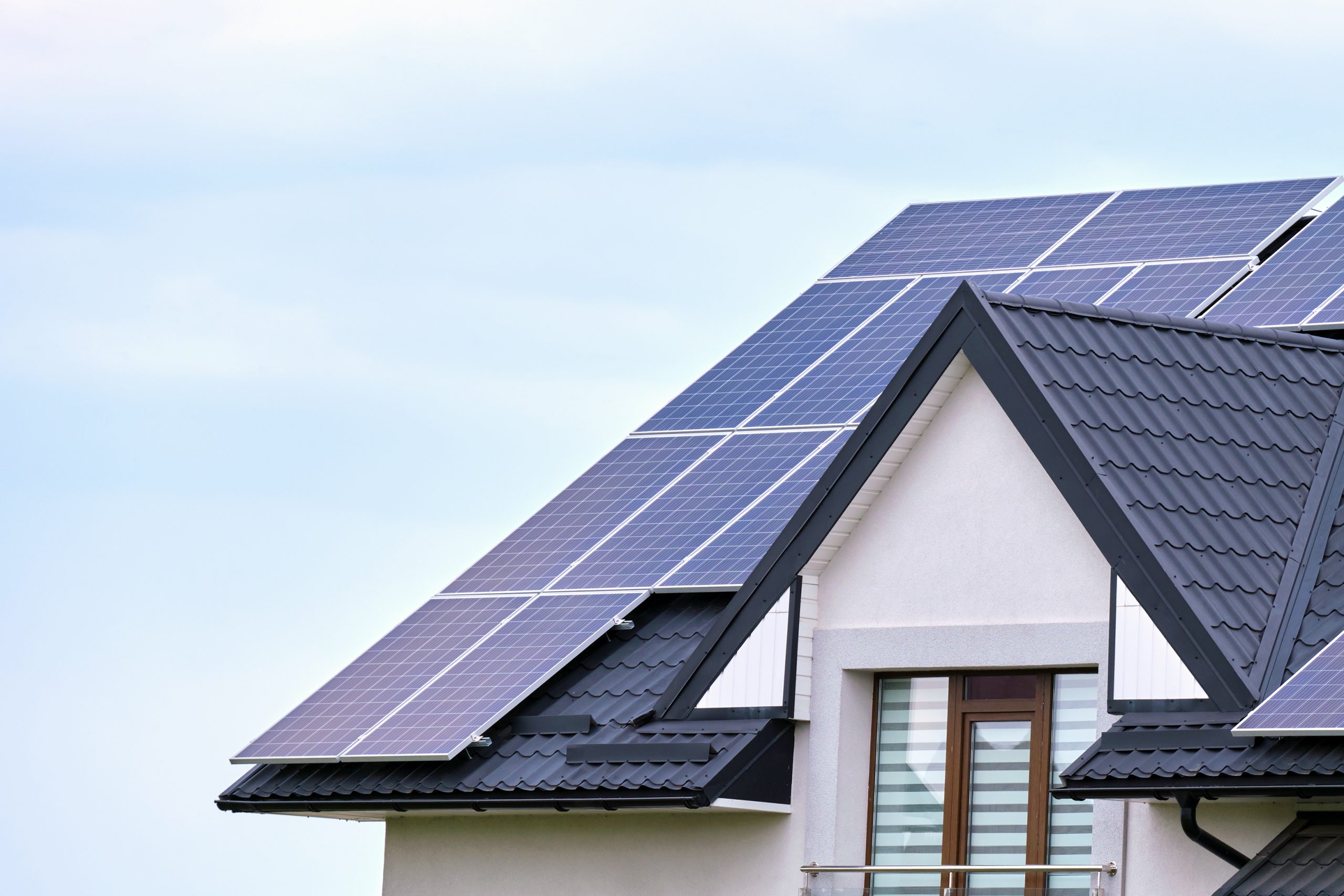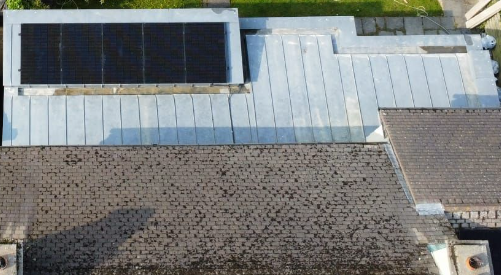Everyone agrees that the world needs to shift to renewable energy, and fast! The targets that world governments have been set for 2050 through the Paris Accord and other commitments are very ambitious and technology will play a key part in achieving those objectives.
In this piece, we look at some of the advances we can expect and some that may be a little longer to be deployed.
What needs to happen?
Long duration energy storage:
Renewable energy be it wind, solar or another source is unreliable due to the variable supply so it is essential that excess energy can be stored and used at a later date. In the Irish times article “Renewables at scale require long-duration energy storage” it describes long-duration energy storage as “technology that will enable renewables to power our grids and, more importantly, accelerate decarbonisation, while also making countries more self-sufficient and less dependent on supplies from fossil fuel exporters.”
One method of achieving this that is being considered is compressed air storage, being developed by Corre Energy. The report goes on to describe this as “Compressed air and green hydrogen produced by wind turbines or solar panels is stored in underground salt caverns for up to 84 hours (three and a half days) with output capacities of 320MW.”
A recent Mc Kinsey study Net-zero power: Long-duration energy storage for a renewable grid, stated that the lowest cost route to net zero power will be the development and deployment of long duration energy technology.
Separately, and a little futher away in terms of development is “Stored solar”. According to Dr Kasper Moth-Poulson and his team of Swedish scientists, Solar energy can now be stored for up to 18 years, say scientists. “In 2017, scientists at a Swedish university created an energy system that makes it possible to capture and store solar energy for up to 18 years, releasing it as heat when needed.”
Now the researchers have succeeded in getting the system to produce electricity by connecting it to a thermoelectric generator. Though still in its early stages, the concept developed at Chalmers University of Technology in Gothenberg could pave the way for self-charging electronics that use stored solar energy on demand.
“This is a radically new way of generating electricity from solar energy. It means that we can use solar energy to produce electricity regardless of weather, time of day, season, or geographical location,” explains research leader Kasper Moth-Poulsen, Professor at the Department of Chemistry and Chemical Engineering at Chalmers.”
More about that in the link above
Connectivity to the grid and sell excess to the grid
As stated in an earlier post, a development in 2022 is that The Department of the Environment, Climate and Communication has announced that from this year you will be able to sell electricity back to the grid. This is a critical factor to be considered before investing in Solar because it eliminates any lost or unused power. They provide this example to explain how it will work “Take the example of a simple PV panel system in a house that generates 2,000 kWh (kilowatt hours) a year and in which the typical household consumption starts from 1,000kWh a year. This means that while 1,000 kWh will come off the billpayer’s annual cost of electricity, the other 1,000 kWh is, for now, squandered – in that it is sent back to the grid. You are, in effect, giving away energy that you have paid to generate.“ If this can now be sold back to the grid, it will make the Solar PV investment much more efficient as well as delivering energy to the grid for consumption. By selling to the grid, the length of your return on investment in Solar Panels is shortened by months or even years.
Once this is in place, domestic Solar power generation becomes a more attractive proposition for everyone and contributes to the governments aims for net zero caron emissions.
What other developments are on the way?
Solar tiles\Solar Roof
Solar panels traditionally are large panels that lay on top of a roof at a tilt. While they do lay flat, they are not flush to the roof. They also don’t particularly blend as each panel is typically around 59″ by 39″. While traditional panels are quite sleek and perfect for powering a home, their aesthetic might not be for everyone.
Solar roofing or solar tiles may an option for those homeowners who do not want their home to have the appearance of solar panels but want to reap all the benefits solar can provide. Solar tiles are actually shaped and sized like a home’s tiles and are positioned as such with a slight tilt and layering effect.
Tesla has been installing solar tiles for a number of years yet but like most technologies, it is expensive, and it will take time for the costs to reduce.
Floating power!
An area being considered suitable for solar power installations in the future will be lakes or similar waterways.
The solar panels operate in the same way as normal land-based panels but have a few advantages. Firstly, the water keeps panels cooler, increasing performance by as much as 5 to 10%. Installing these panels on water gets around the problem of acquiring land for large scale projects and floating solar can also use hydropower and become part of the energy grid.
Mooring or anchoring the panels in place can prove complicated, as well as more costly than regular, grounded solar.
We would like to hear from you if you know of other solar solutions coming in the future. We like to be ahead of the game!!
If you would like to see how Solar power can benefit you or your business, contact us today at Wyse Solar. We have been installing solar systems in Ireland since 1993 and have the largest number of installations of Photovoltaic (PV) systems in Ireland.
Enter your Eircode here and find out if Solar panels work for you
Call us: 01-298 8330
Email us: info@wysesolarsolutions.ie
Visit us: https://wysesolar.ie/
